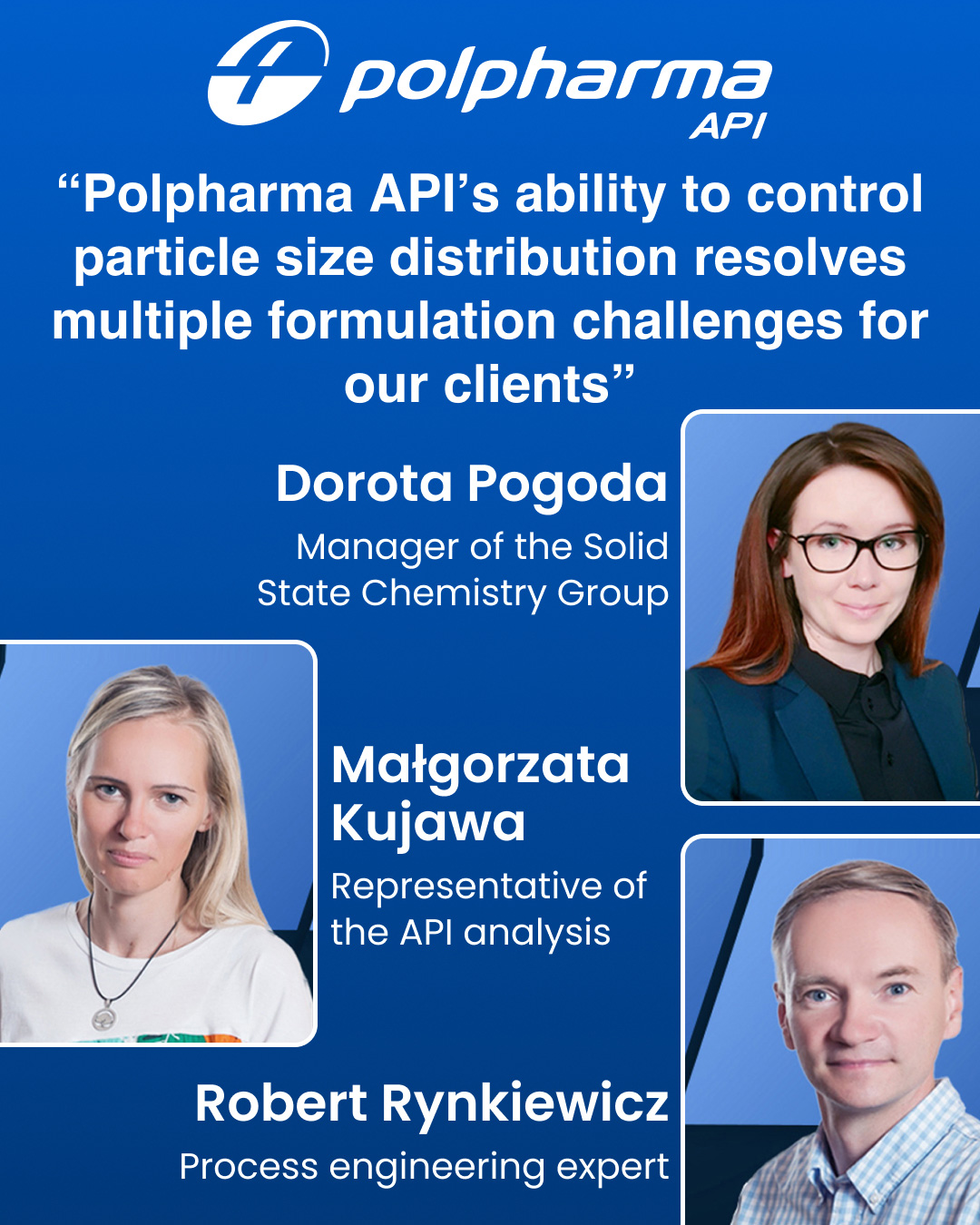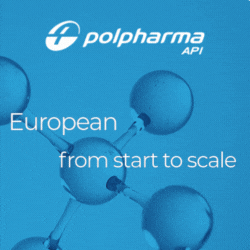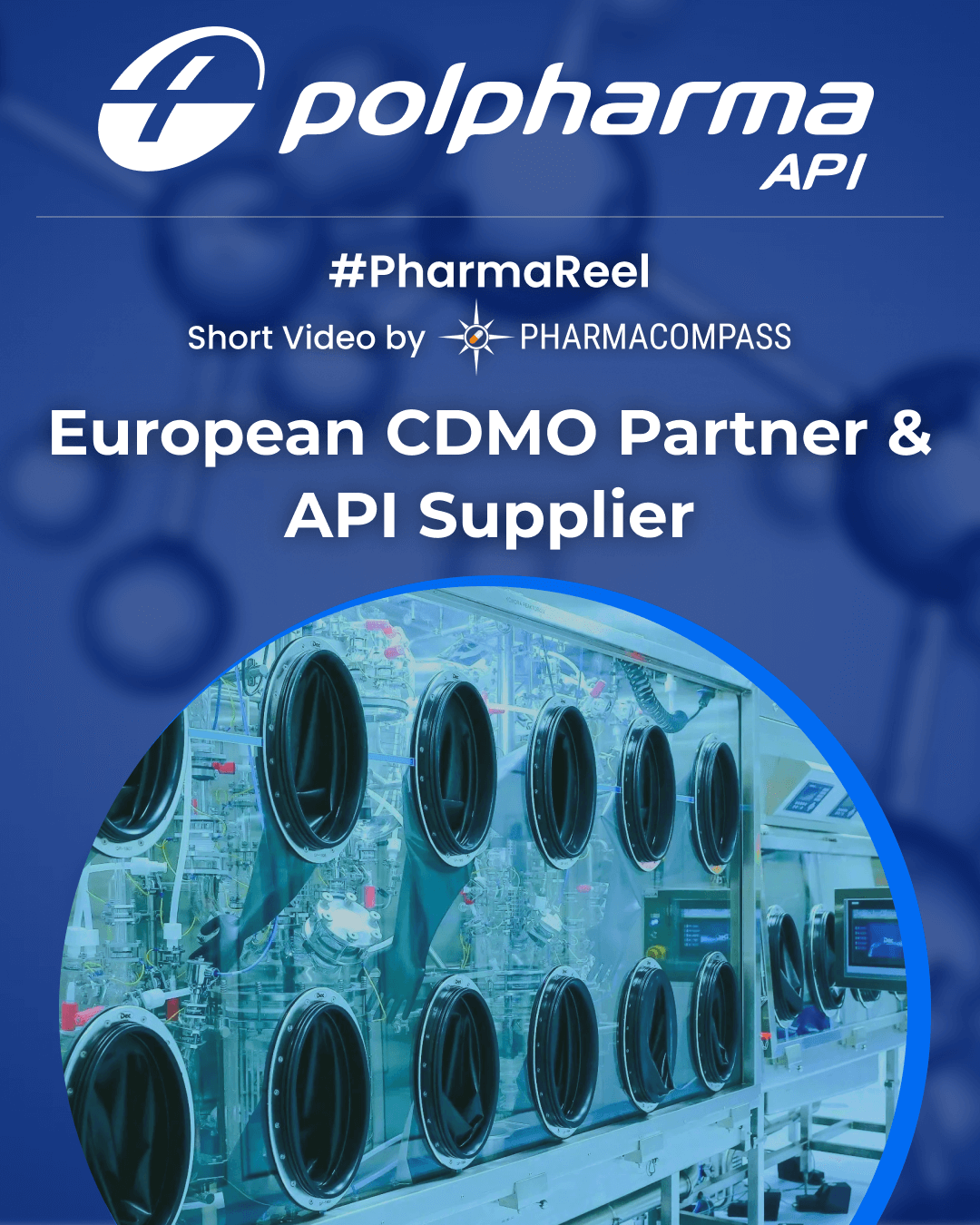
#SpeakPharma with Polpharma
2020-09-09
Impressions: 4751
This week, SpeakPharma interviews three experts from Poland’s leading pharmaceutical company, Polpharma. Dorota Pogoda, Manager of the Solid State Chemistry Group, Robert Rynkiewicz, a process engineering expert, and Małgorzata Kujawa, representative of the API analysis team educate us on why particle size is important for the pharmaceutical industry and why it’s a key aspect in the development of APIs. The trio also tells us how Polpharma is managing the process, and the technologies it is using to reach the desired particle size distribution.
Tell us why particle size is important to the drug industry
D. Pogoda: In the pharmaceutical industry, particle size has become one of the key aspects in the development of active pharmaceutical ingredients (APIs) and quality control of solid oral dosage forms.
The physicochemical and biopharmaceutical properties of biologically active substance can be highly affected by the crystal size and its distribution (CSD), also known as particle size distribution (PSD).
It is estimated that almost 80 percent of new promising molecules that have biological activity are rejected during the research and development phase due to their low water solubility, which in turn is strongly related to the bioavailability and release of the drug. Therefore, the API solubility parameters, especially ingredients belonging to class II and IV of the Biopharmaceutical Classification System, can be improved by increasing the crystal surface – i.e. by reducing the crystal size.
The particle size significantly affects powder flowability, bulk density, hygroscopicity (the tendency of a solid substance to absorb moisture from the surrounding atmosphere), compatibility, porosity, and blend uniformity. These parameters influence every stage of tablet manufacturing, thereby impacting the effectiveness and shelf life of the drug.
How do drug manufacturers get the required particle size?
D. Pogoda: The preferred method to achieve the desired particle size is crystallization. However, effective particle size control requires the use of real-time monitoring using analytical aids like focused beam reflectance measurement (FBRM), as well as in-situ attenuated total reflection Fourier transform infrared spectroscopy (ATR FT-IR).
FBRM provides a real time measurement of the dimension and number of crystals in the process, while ATR FT-IR enables monitoring of the crystallization process. These technologies are very useful in crystallization process monitoring and controls the PSD of the material.
Another method is the mechanical size reduction of solids, which is frequently used to achieve API particle size control. The crystal size reduction can be performed with enough energy to break individual crystals or agglomerates during the formulation process. The mechanical reduction of crystal size leads to crystal surface damage. This can cause the formation of an amorphous phase, polymorphic transformation as well as variations in the crystal size while the material is in storage.
How does Polpharma manage the process?
R. Rynkiewicz: Polpharma API has several years of experience in delivering APIs with the right particle size distribution through different methods such as crystallization, milling/micronization, vibration sieving or other technologies. We choose the method depending on the need.
We have a variety of equipment and a highly specialized team with many years of practice. This allows us to offer APIs with the desired size of particles, in line with our customers’ expectations.
Development and optimization of the required PSD begins in the R&D department. It is led by experts from our Solid States Chemistry team, which also supports the entire product lifecycle.
To explore the crystallization process on a larger laboratory scale, we use reactors with precise control of temperature gradients and stirring speeds. In addition, we support the crystallization process with an FBRM probe to control the shape and size of particles.
The Solid State Chemistry team is involved in developing, scaling-up and implementing the crystallization process. The team also solves any issues that appear during production and works closely with experts from the Process Engineering Team.
Crystallization is one of the main ways of getting the desired PSD. Various types of agitators (such as anchor, propeller and impeller) with adjustable stirring speed and numerous crystallization lines with advanced automated systems help us achieve the desired PSD directly from crystallization.
Based on the recommendations of our R&D team, appropriate process parameters are applied during routine manufacturing. Desired PSD can be achieved by changing the key process parameters, such as the type of agitator, stirring speed, concentration, cooling rate, usage of seeds with appropriate PSD, etc.
Is Polpharma using any other technology for the process?
R. Rynkiewicz: Yes. Instead of getting the desired PSD directly from crystallization, we are using other technologies such as micronization, milling and vibration sieving. The choice of technology depends on the need. For the most complicated cases, the statistical methods of design of experiments (DoE) are applied, according to the Quality by Design (QbD) approach.
There are many useful designs used for defining the optimum process, such as Central Composite Design (CCD), Box-Behnken Design (BBD) or Factorial Designs (FD). Such an approach guarantees the robustness of the process and the ability to get the desired PSD “for the first time” and every time thereafter.
Polpharma API’s ability to control particle size distribution resolves multiple formulation challenges for our clients.
Does Polpharma API have in-house micronization capabilities?
R. Rynkiewicz: Yes. Micronization is a commonly used method for PSD. It allows reduction of the API particle to a micrometer size. This technique helps process heat-sensitive products, because the temperature remains relatively constant throughout the process.
Polpharma API has two jet-mill micronizers, one in its manufacturing plant and one in the pilot plant. All of them work in full cGMP environment.
PSD during micronization occurs without the intervention of any mechanical components.
How useful are the milling and vibration sieving techniques?
M. Kujawa: At Polpharma API, we are using both these techniques for powder processing operations. Milling is mainly applied to achieve slight reduction in particle size. For this purpose, different types of mills are available with Polpharma, such as pin mills and classifier mills.
We apply vibration sieves when a specific fraction with narrow PSD is required. Polpharma API has two vibration sieves working in full CGMP environment.
Another challenge is making the right choice of method that allows proper PSD analysis and solves problems associated with crystal/particle morphology. At Polpharma we develop, validate and transfer PSD methods to clients as well as support them in providing solutions in case of any difficulties.
You can reach Polpharma at marketingapi@polpharma.com






